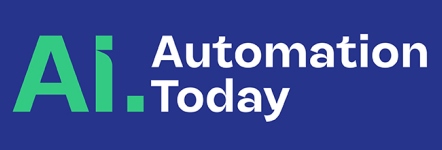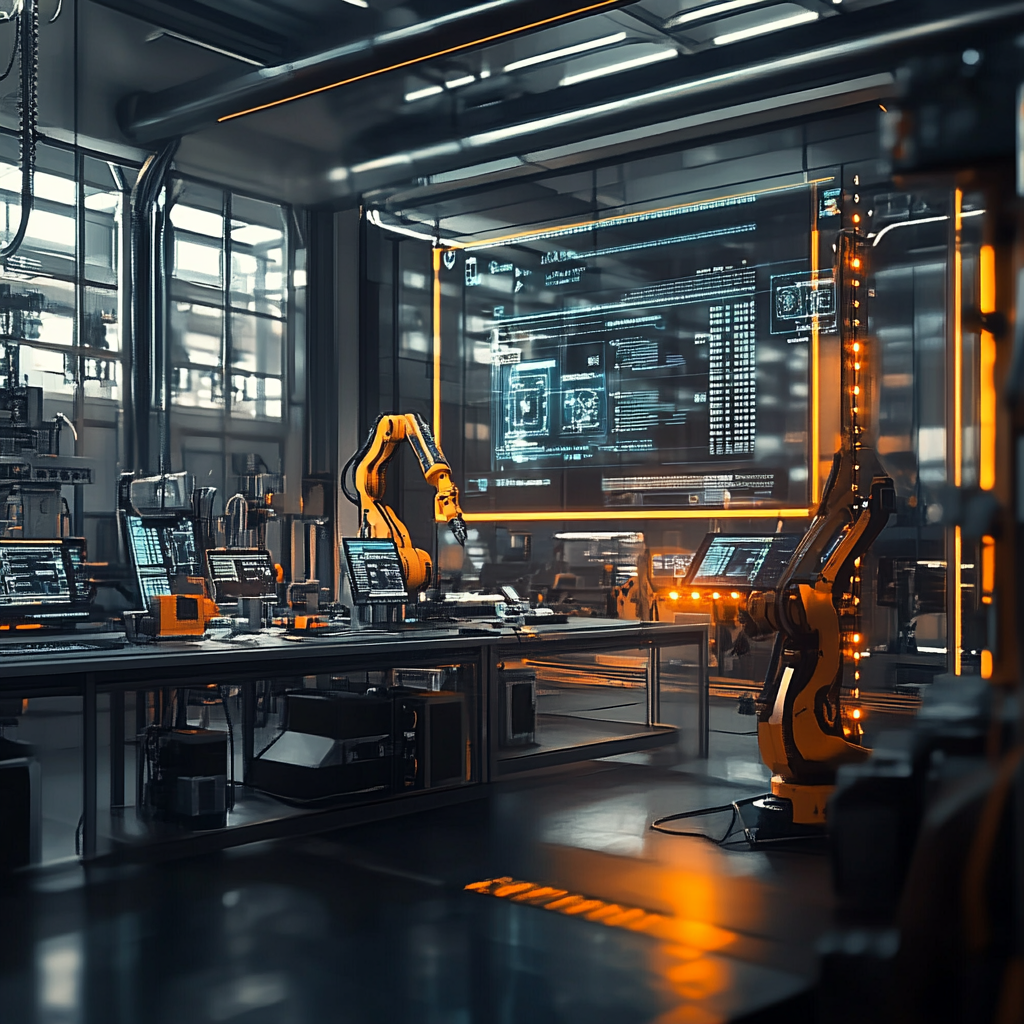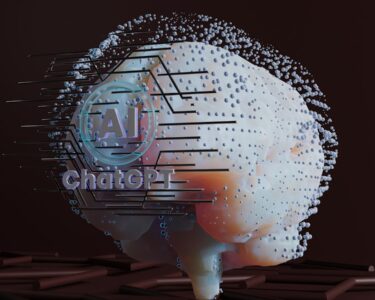Automation Tech Trends to Watch in 2025
Hyper-Automation
In 2025, expect hyper-automation to revolutionize industries by merging AI, ML, and robotic process automation (RPA). This trend extends beyond mere task automation, touching entire operational frameworks to enhance efficiency and adaptability in diverse sectors.
In the manufacturing sphere, hyper-automation leads to smarter autonomous systems that not only predict maintenance needs but also streamline workflows for increased productivity. The impact in healthcare is equally significant, with integrated AI helping to elevate diagnostic accuracy and robotic technologies facilitating precise surgeries.
As industries continue to adopt this comprehensive automation strategy, professionals recommend partnering with automation consultants to ensure seamless integration and optimization of these powerful tools within existing processes.
Smart Data Integration
In a data-driven world, smart data integration stands out as a pivotal trend in 2025. This approach involves merging data from various sources like sensors and business software to provide actionable insights in real-time.
Businesses embracing this trend will experience more informed decision-making processes. Real-time data integration helps align production with market demands, minimizes resource wastage, and promotes sustainability, offering a competitive advantage in rapidly evolving markets.
Experts stress the importance of implementing robust data integration systems designed by experienced IT specialists to maximize the benefits and ensure data integrity and security.
Vision and AI for Quality Control
Quality control in industries such as manufacturing will get a substantial boost from the integration of vision technologies with AI and ML. This powerful combination allows for real-time scanning of products to detect defects, thereby improving manufacturing accuracy and efficiency.
The ability to promptly identify and address product issues translates into significant cost reductions in quality control operations. Moreover, it minimizes waste, aligning with global pushes towards sustainability.
For optimal implementation, businesses should seek guidance from AI and vision technology experts to tailor these advanced systems according to specific organizational needs and goals.
Augmented Reality (AR) for Support
Augmented reality is gearing up to transform workplace dynamics by enhancing real-time support. AR applications in smart glasses can guide workers through complex tasks with visual prompts, thereby improving accuracy and efficiency.
This technology will make training and task execution faster, helping industries keep pace with demand without sacrificing quality. Additionally, AR fosters better collaboration between humans and automated systems, smoothing the integration process in industrial settings.
Consulting with AR development professionals can help businesses leverage this technology’s full potential, ensuring workers are well-prepared to use these innovative tools effectively.
Flexible Production Systems
As consumer demand for customization grows, flexible production systems are becoming essential for businesses to remain competitive. This trend involves using modular production systems and collaborative robots (cobots) to switch swiftly between product lines and customization options.
Cobots play a crucial role by adapting quickly to different production needs without extensive downtime for reconfiguration. This flexibility is vital for businesses aiming to meet specific customer preferences while maintaining high efficiency.
Integrating these adaptable systems requires careful planning and expert input, emphasizing the need for professional advice in setting up flexible production lines that are both effective and scalable.
Embodied AI and Self-Aware Machines
Embodied AI is set to take the capabilities of robots and automated systems to new heights by integrating AI into physical forms that can interact intelligently with their environment.
This advancement will lead to more sophisticated coordination in manufacturing and logistics, allowing machines to perform tasks with greater autonomy and safety. The healthcare sector will also benefit from robots capable of interacting more naturally with patients and medical staff.
Deploying embodied AI successfully requires deep collaboration between AI specialists, engineers, and sector-specific experts to ensure the machines operate safely and efficiently within their intended environments.
Conclusion
The landscape of automation technology in 2025 will be defined by a synergy of AI, ML, and robotics to forge systems that are not only intelligent but also highly adaptable and efficient. Key trends like hyper-automation, smart data integration, and embodied AI will reshape industries and drive forward-thinking innovation. These developments are poised to amplify operational efficacy, reduce operational costs, and elevate decision-making processes. Embracing these trends with the help of experienced professionals will be crucial for businesses aiming to stay ahead in the modern technological era.





